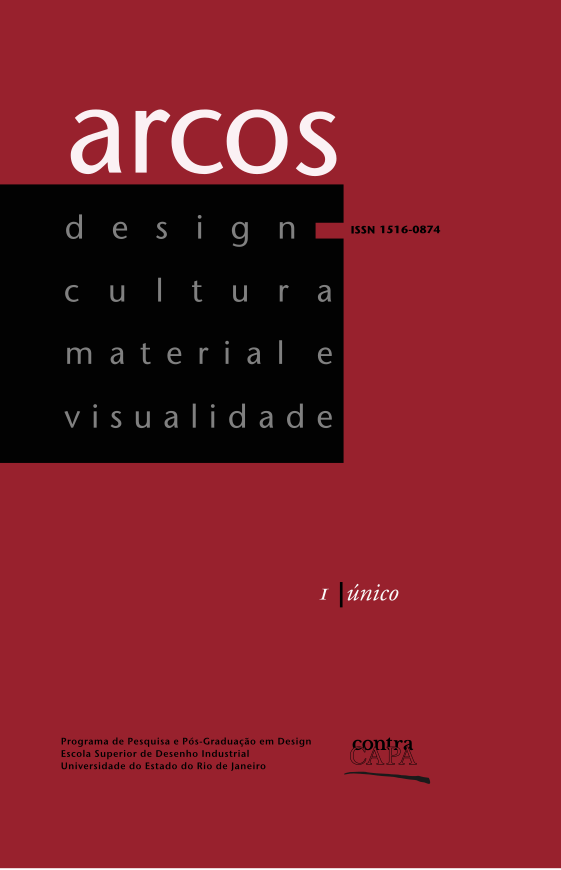Deconstruction and digital typography
Abstract
Writing has traditionally been regarded as simply a tool to record verbal thoughts and discourses. Even Saussure, the father of modern linguistics and of semiology, could not rid himself of this prejudice, as pointed out by Derrida. However, many visual artists, poets and graphic designers have long been trying to show the potential of typographic design to arouse emotions and to indicate relations in addition to its symbolic notational function, a trend dating mainly to the lithographic posters of the latter half of the nineteenth century. With the appearance of Modernism, the logocentric view of writing came to prevail among European graphic designers, due largely to rationalist movements which gave birth, after the Second World War, to the so-called Swiss school of design, whose minimalistic approach became very influential all over the world, under the denomination of International Style. It was only in the 1980s, with the appearance of the personal graphic computer and the spread of deconstruction theory among students of graphic design, that typography was able to show all its communicative potentialities, insofar as both its iconic and indexical features were emphasized by many of the new digital designers, in addition to its symbolic characteristics, a development which allowed the re-introduction of both the subject and his/her history in the rhetorical practice of design
Downloads
Downloads
Published
How to Cite
Issue
Section
License
Copyright (c) 2024 Arcos Design

This work is licensed under a Creative Commons Attribution-NonCommercial-ShareAlike 3.0 Unported License.
Autores que publicam nesta revista concordam com os seguintes termos:
- Os Direitos Autorais dos artigos publicados na revista Arcos Design pertencem ao(s) seu(s) respectivo(s) autor(es), com os direitos de primeira publicação cedidos à Arcos Design com o trabalho simultaneamente licenciado sob uma Licença Creative Commons CC BY-NC-SA 4.0, a qual permite o compartilhamento do trabalho com reconhecimento da autoria e publicação inicial nesta revista. Para mais informações ver: https://creativecommons.org/licenses/by-nc-sa/4.0/
- O(s) autor(es) tem/têm autorização para assumir contratos adicionais separadamente, para distribuição não-exclusiva da versão do trabalho publicada nesta revista (ex.: publicar em repositório institucional ou como capítulo de livro), com reconhecimento de
autoria e publicação inicial nesta revista. - Autores têm permissão e são estimulados a publicar e distribuir seu trabalho online (ex.: em repositórios institucionais ou na sua página pessoal) a qualquer ponto antes ou durante o processo editorial, já que isso pode gerar alterações produtivas, bem como aumentar o impacto e a citação do trabalho publicado.


